Leasing Options for Different Business Sizes
Choosing the right printer or copier lease largely depends on the size of your business and your specific printing needs. For startups and small businesses, short-term printer leasing agreements are often the best choice. They offer flexibility and allow companies to adapt quickly to changing requirements. Short-term leases typically run between 12 to 24 months, providing the advantage of lower initial costs while ensuring that businesses can easily upgrade to newer equipment when needed. In such cases, it’s often better to lease than to buy outright, as it minimizes the financial burden and offers room for future growth. Additionally, a leasing company may include maintenance and support, reducing the hassle of managing equipment in-house.
For medium-sized businesses, long-term leases are often more beneficial. These companies generally have higher print volumes and may require equipment like large format printers or laser printers that can handle the increased workload. Opting for a long-term office copier lease—typically ranging from 36 to 60 months—helps spread out the costs and can be structured in a way that meets your business needs. Long-term leases for production printers can offer better cost-efficiency, especially when the type of printer needed is high-end and comes with advanced features. Here, it’s crucial to consider the cons of leasing vs buying, as the total cost of leasing over several years can sometimes exceed the purchase price. However, the value comes from predictable costs and the ability to avoid equipment obsolescence, making leasing the smarter option in many cases.
For large enterprises, managed print services are usually the most effective solution. Large organizations often deal with high-volume printing and complex document workflows, making comprehensive support essential. A printer or copier lease that includes managed print services ensures seamless operation by covering maintenance, supply management, and technical support, allowing the IT department to focus on strategic tasks rather than day-to-day printing issues. For these companies, leasing really shines because it offers consistent quality and service across multiple locations, ensuring that all office equipment meets business needs uniformly.
Choosing the Right Printer Leasing Solutions and Providers
The success of a printer or copier lease depends significantly on selecting the right leasing company. With many leasing companies offering different plans and conditions, understanding the nuances of each provider can help avoid pitfalls down the line. When deciding between lease vs buy options, it’s essential to consider the reputation of the leasing company, their service agreements, and what happens at the end of the lease. Some companies might include early termination fees or limit upgrade options, making it difficult to pivot if your business’s printing needs change unexpectedly. Before you signed the lease agreement, ensure that the terms of the lease are transparent and that the company is willing to accommodate any specific requirements your business may have.
Among the top printer leasing providers, Xerox stands out for its diverse range of laser printer and large format printer solutions that cater to varying business sizes. Their plans often include advanced features like cloud printing and automated workflows, making them suitable for both medium and large businesses. HP is known for its flexible agreements and versatile equipment, providing options that can fit both small office setups and large-scale operations. HP’s office copier lease agreements often come with bundled services like managed print support, making it an attractive option for companies looking to streamline their printing infrastructure. Similarly, Canon specializes in robust copier lease agreements and offers a variety of type of printer models, ensuring that the solution you choose will align with your specific business needs.
Ultimately, the right printer leasing decision requires careful consideration of both cost of leasing vs buying and the specific demands of your business. Whether it’s a short-term office copier lease for a small startup or a managed print solution for a large enterprise, choosing a reliable leasing company is crucial to ensure that your equipment stays up-to-date and supports your evolving business requirements. Leasing really offers the flexibility and scalability needed to maintain a competitive edge, making it an increasingly popular choice among businesses of all sizes.





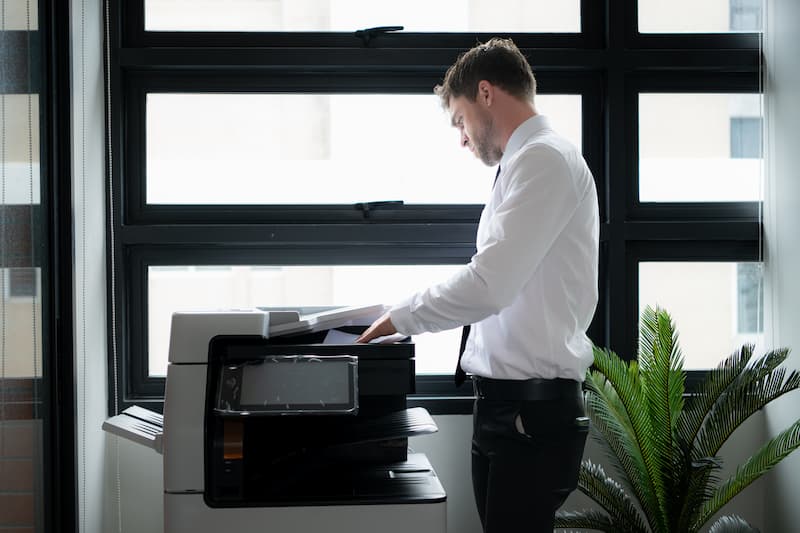
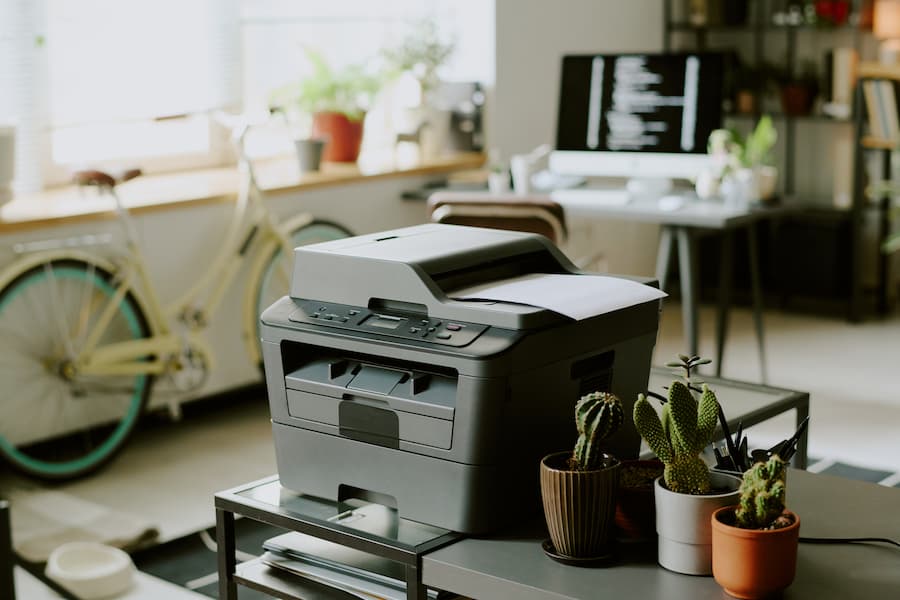
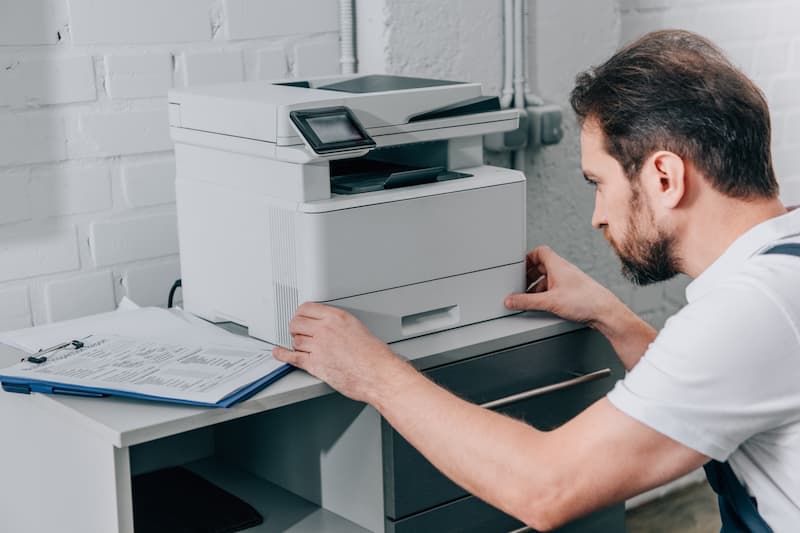
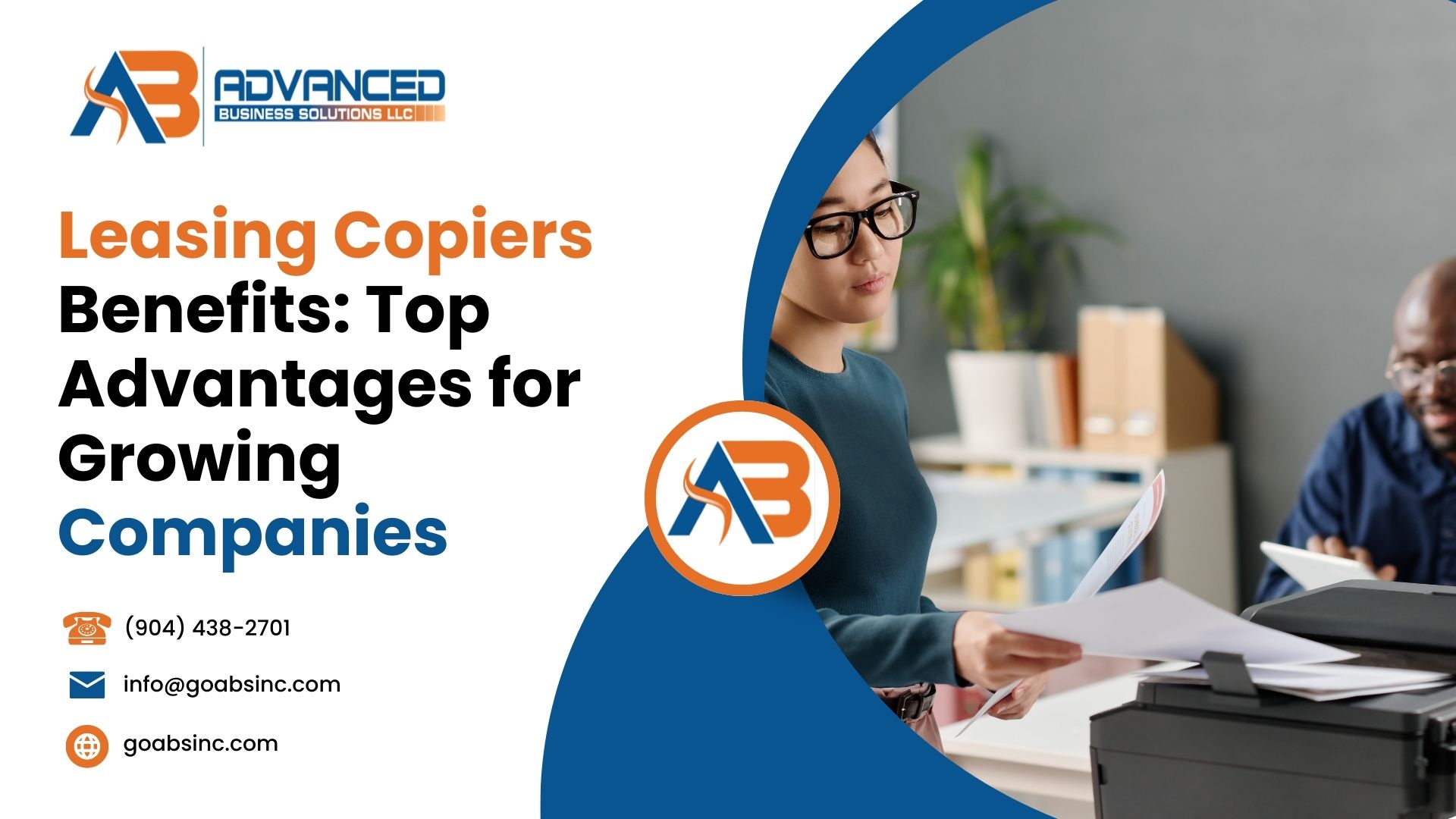
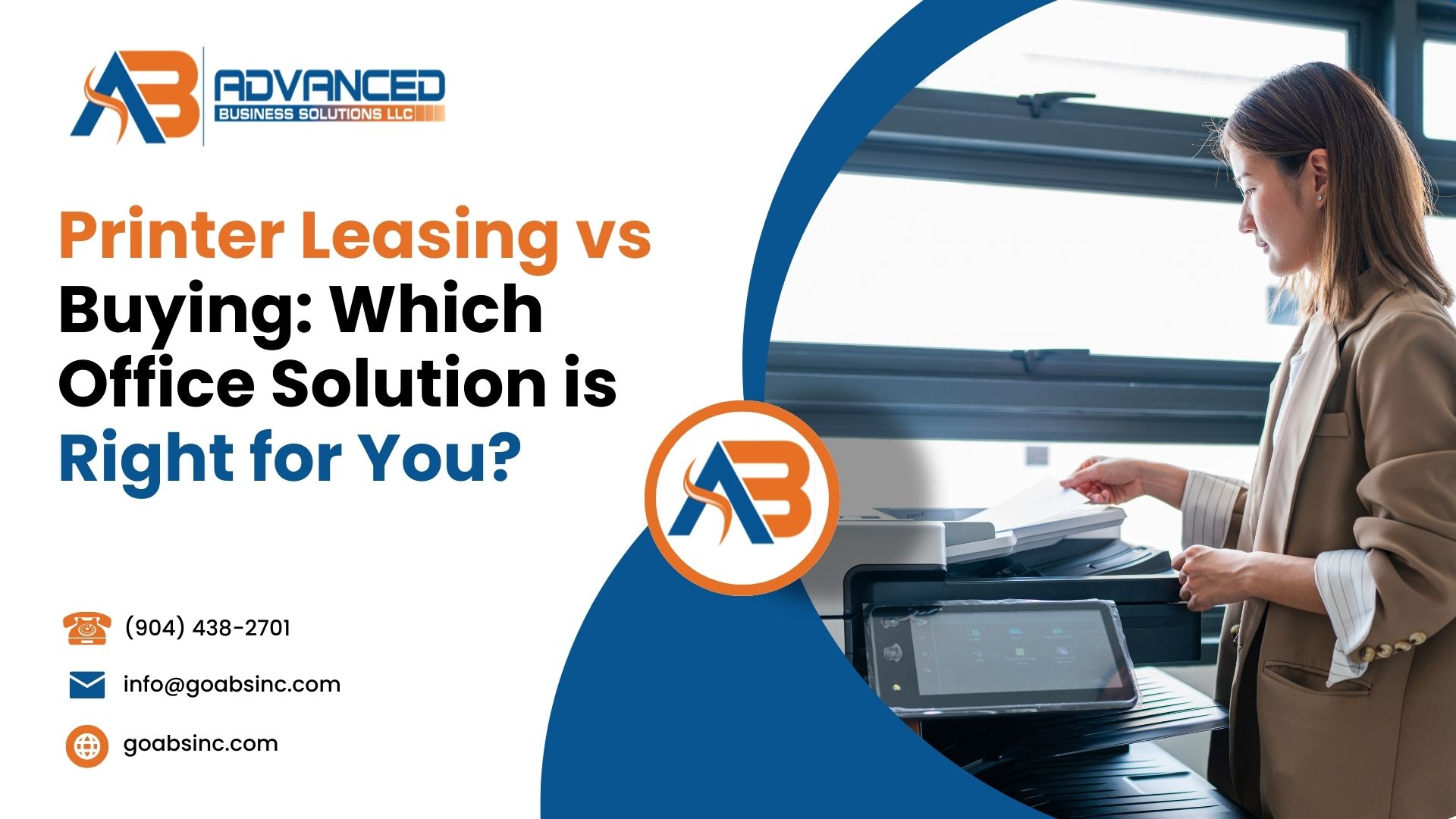
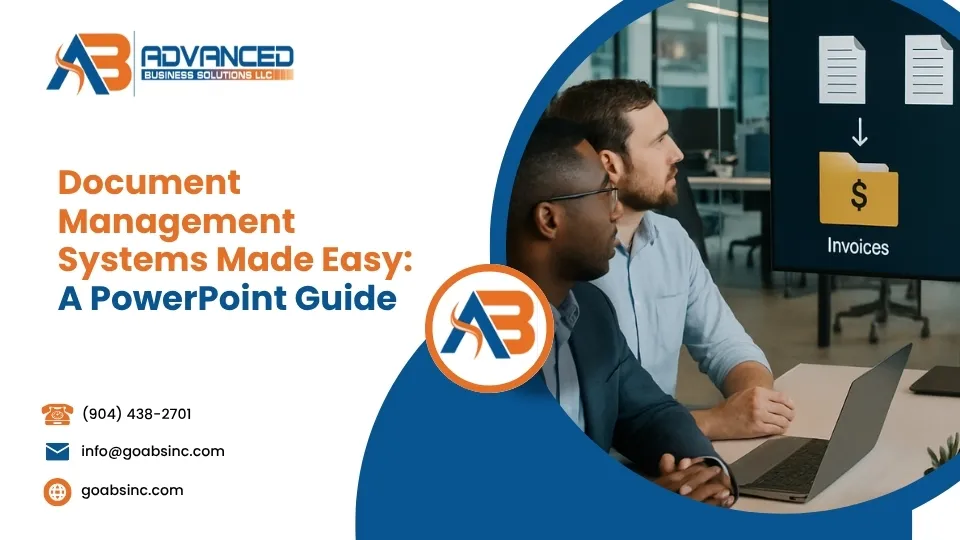

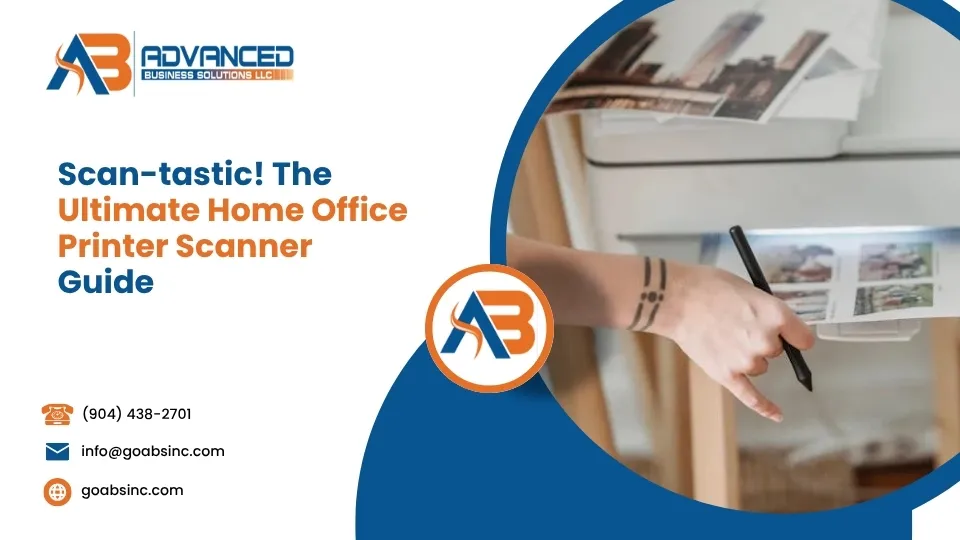
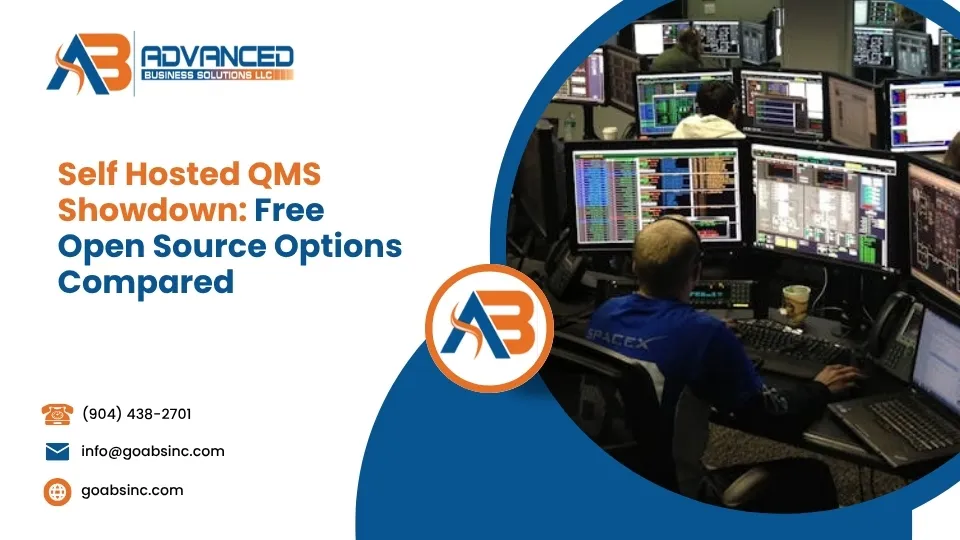
Comments are closed